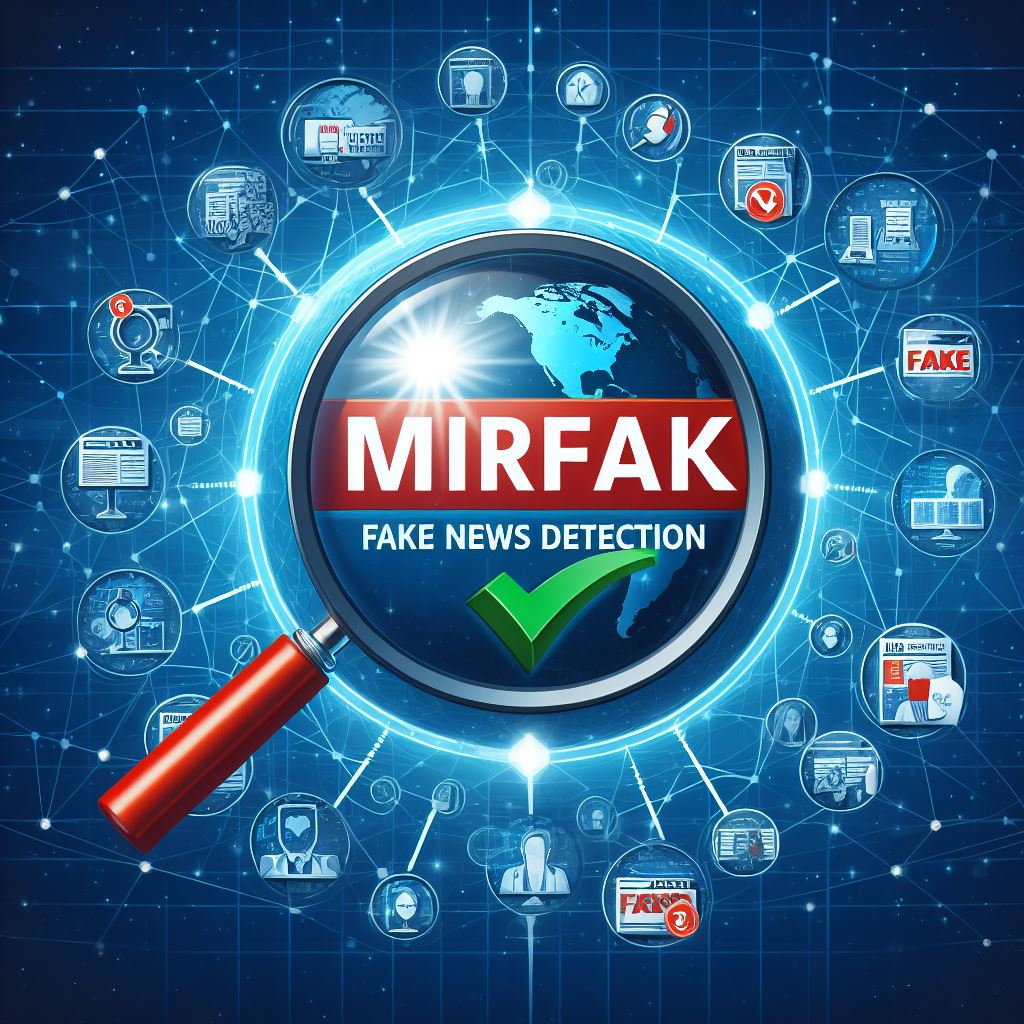Online Web sources and Social media represent the main means for news information dissemination and spreading. In particular, an exponential increase in the use of social media has accelerated information diffusion. The speed with which misinformation spreads, alongside social media’s open access content production and dissemination, increases the potential damage, making online platforms major targets for fake news propagation. Misinformation in general often spreads faster and more widely than true news, posing new risks for democracy, and national security, weakening trust in public institutions, and putting at risk society’s trust in information. For example, it has been estimated that at least 800 people died and 5800 were admitted to hospital due to false information related to the COVID-19 pandemic, e.g., believing alcohol-based cleaning products are a cure for the virus. It is, therefore, necessary to limit the impacts of misinformation and develop specific tools and services to allow citizens and professionals to access reliable and trustworthy information on the Web and Social media. Accordingly, early detection of fake news is fundamental to stopping the spreading of false and harmful information. The automatic detection of fake news is a relevant problem attracting great interest from the research community. However, despite the several proposals, state-of-the-art presents several drawbacks. First, most of the existing techniques are limited to a single domain and perform poorly in cross-domain scenarios. Second, fake news usually emerged on new events for which no labeled data is available. Despite the success of deep learning models with large amounts of labeled datasets, the algorithms still suffer in cases where fake news detection is needed on emergent events. Another limitation of current approaches is that most of them exploit single- modality data, relying on different single attributes like text, image, or social context of news. The few proposals exploiting multi-modal data fail to catch cross-modal connections. Therefore, effective research combining the different modalities with their different structure and dimension is still an open problem. To overcome the limitations of existing work, we plan to investigate the use of deep learning models like adversarial networks and active learning, to learn multi-modal feature embeddings, and to generate domain invariant feature representations to detect fake news on different domains and on new emergent events. MIRFAK aims to develop an innovative content verification tool, delivering solutions for news verification on social media and online platforms. MIRFAK aims to empower citizens by making
Keywords: Fake News, Misinformation, Active Learning, Multimodal data, Cross-domain learning
Reference Group: Social and Complex Data Intelligence
Partners: Università della Calabria (UNICAL), Istituto di Calcolo e Reti ad Alte Prestazioni del Consiglio Nazionale delle Ricerche (ICAR-CNR)
Founding body: MUR Ministero dell’Università e della Ricerca
Project Coordinator: Comito Carmela
Total Cost: 252.353,00
ICAR Cost: 128.255,00
Start Date: 28/11/2023
End Date: 27/11/2025

